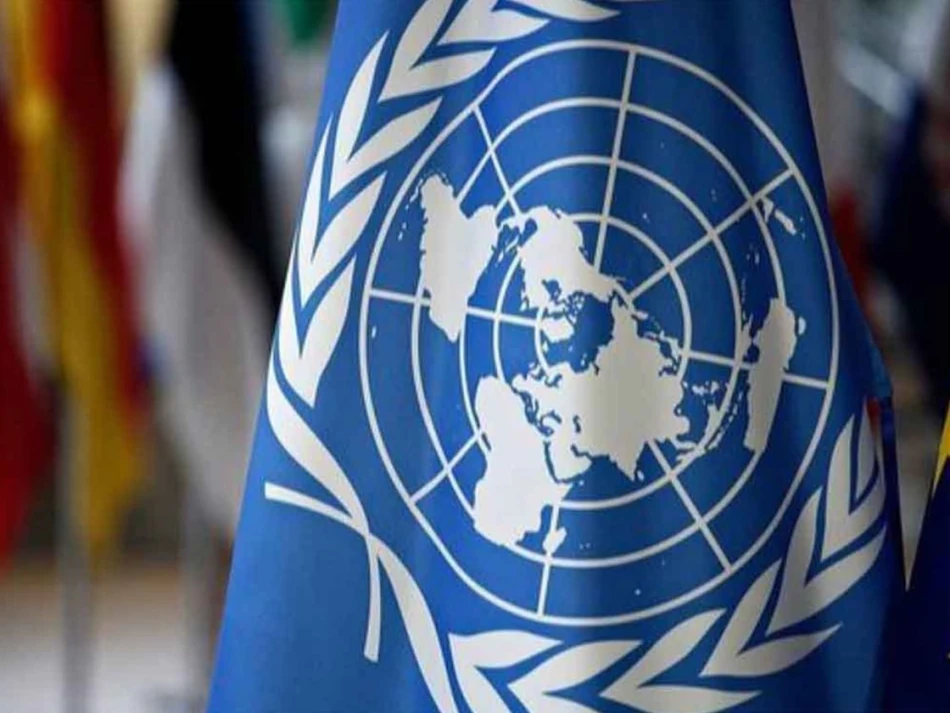
UN: 1,373 Palestinians Perished Awaiting Aid in Gaza's Dire Humanitarian Crisis
UN Reports 1,373 Palestinians Killed While Seeking Aid Since May, Despite Israeli Military Pause
The UN Office of the High Commissioner for Human Rights has documented the deaths of 1,373 Palestinians killed by Israeli forces while waiting for humanitarian aid in Gaza since May 27, raising serious questions about civilian protection during humanitarian operations and the effectiveness of limited military pauses in active conflict zones.
Breakdown of Casualties During Aid Distribution
According to the UN statement released Friday, the casualties were divided between two critical humanitarian zones: 859 Palestinians died near Gaza Humanitarian Foundation sites, while 514 were killed along food convoy routes. The office emphasized that most victims were young people and children who posed no threat to Israeli forces or other individuals.
Continued Violence Despite Military Pause
The deaths occurred even after the Israeli military announced on July 27 a suspension of military operations during specific hours to improve humanitarian response. This suggests that either the pause was insufficient in scope or that enforcement mechanisms failed to protect civilians accessing life-saving aid.
Humanitarian Access Under Fire: A Growing Global Concern
The targeting of civilians seeking humanitarian assistance represents a troubling escalation in modern conflict zones. Unlike previous conflicts where aid distribution zones maintained some level of protection, Gaza's situation demonstrates how densely populated urban warfare can blur traditional humanitarian safeguards.
International Legal Implications
Under international humanitarian law, civilians seeking aid are protected persons, and attacking them constitutes a potential war crime. The UN's detailed documentation of these incidents, including specific locations and victim demographics, suggests preparation for future legal proceedings or accountability mechanisms.
The Failure of Limited Military Pauses
The continued casualties despite announced military suspensions highlight the limitations of partial ceasefires in protecting civilian populations. Historical precedents from conflicts in Syria, Yemen, and Ukraine show that limited pauses often fail to provide adequate security for humanitarian operations, particularly when fighting continues in adjacent areas.
Impact on Aid Organizations
These incidents will likely force international aid organizations to reconsider their operational strategies in Gaza. The high casualty rate around humanitarian sites may lead to reduced aid distribution, creating a vicious cycle where civilian desperation increases while access to assistance becomes more dangerous.
Broader Implications for Conflict Resolution
The systematic nature of these casualties—occurring over several months and across multiple locations—indicates that humanitarian access has become weaponized in the conflict. This development complicates future ceasefire negotiations, as it demonstrates that even limited humanitarian agreements cannot guarantee civilian safety without comprehensive monitoring and enforcement mechanisms.
 Sara Khaled
Sara Khaled







